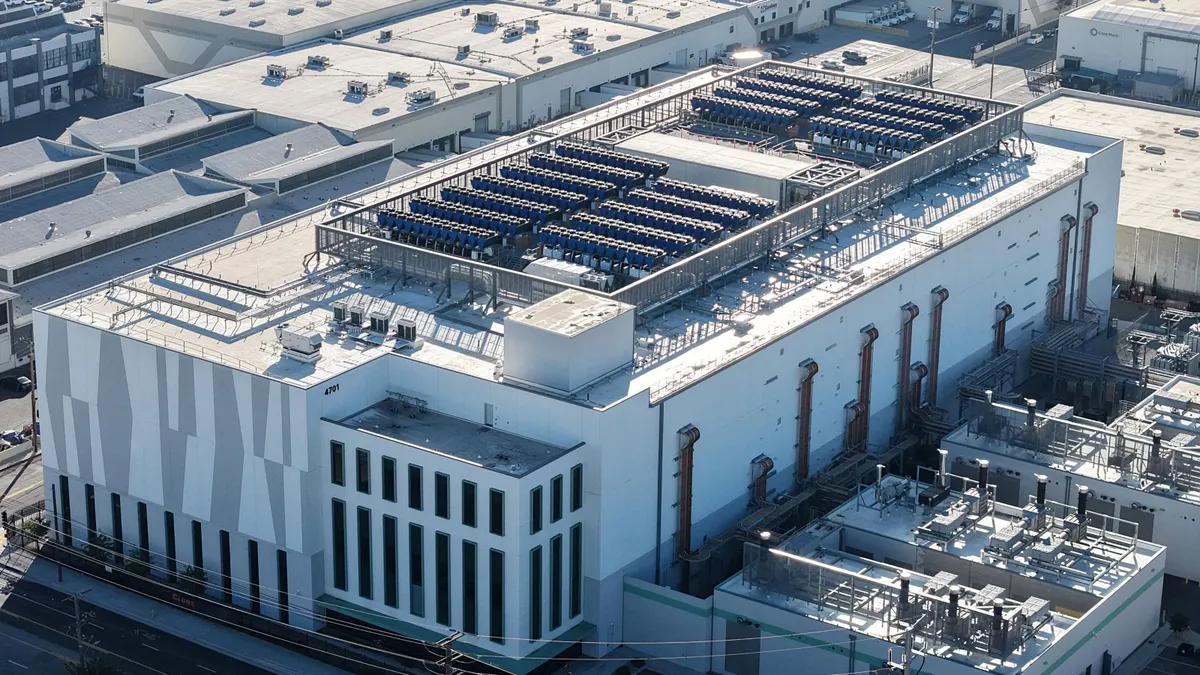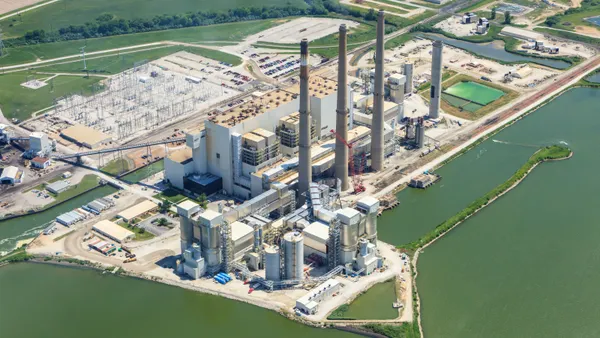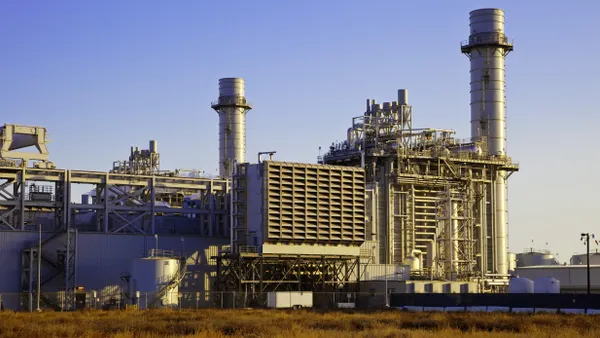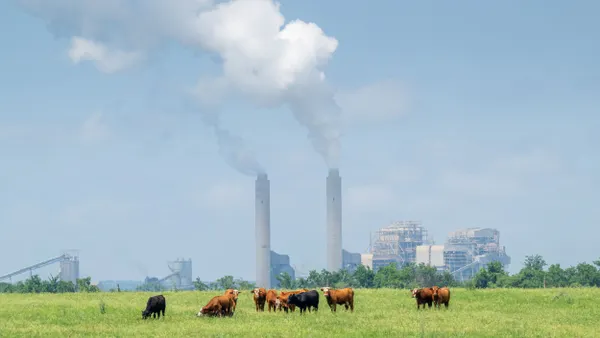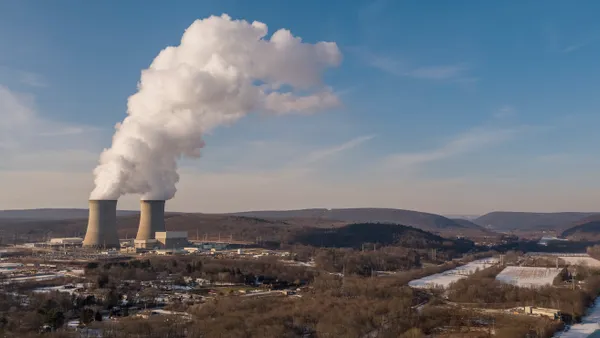Dive Brief:
- Omaha Public Power District Board's Fort Calhoun nuclear plant in Nebraska was shut down a week ago, marking the fifth closure in five years as the United States struggles to value carbon-free generation and remake its electricity markets.
- Fort Calhoun was the smallest commercially operating nuke in the United States, rated at 478 MW. The utility plans to use new natural gas, wind and solar generation, as well as demand side management strategies, to replace the capacity.
- Similar closures have occurred from Florida to California. While states are adding more renewables and gas to replace the capacity, in some instances additional coal has been used to make up the shortfall, according to analysis by the U.S. Energy Information Administration.
Dive Insight:
As cheap natural gas has put pressure on nuclear plants around the country, five have shuttered in recent years and more are on the horizon. But while the closures have an immediate economic and reliability impact, the long-term implications may depend on how the power is ultimately replaced. In at least two states, that has meant additional coal power—at least in the 12 months immediately following a nuclear closure, according to the EIA.
Florida shuttered the Crystal River nuclear facility in 2009, using gas and coal to replace the carbon-free power in the following year. In Wisconsin, the bulk of Kewaunee’s generation was immediately replaced by coal-fired generation after the plant was taken offline in 2013.
Not all states take on significantly more carbon. According to EIA data, Vermont Yankee’s generation was replaced by increased electricity imports from Canada and surrounding states. After California's retirement of the San Onofre Nuclear Generating Station in 2012, the state turned to gas-fired generation increased to offset lost nuclear and relatively low hydroelectric generation.
The United States now has 99 commercially operating reactors at 62 nuclear plants.
There are more closures on the horizon: Exelon has announced the plans to retire the Clinton plant in central Illinois next year, followed by its Quad Cities in 2018 and its Oyster Creek plant in eastern New Jersey in 2019. Entergy has announced plans to retire its Pilgrim plant in Massachusetts in 2019.
"Each of these announced retirements comes nearly a decade or more before the scheduled license expirations of these plants," EIA said in analysis yesterday.
In addition, Pacific Gas and Electric has announced that it will not seek license extensions for its Diablo Canyon nuclear power plant north of Los Angeles, where two units will be retired in 2024 and 2025.






